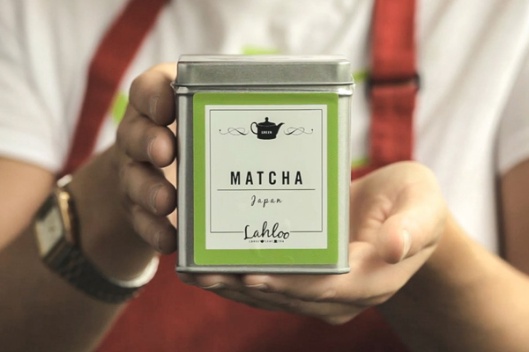

 There is no question about it, we Brits love our teas. I trust the 60 billion odd cups consumed each year helps to put into perspective the scale of this obsession of ours. We drink so much of the stuff that it has even become a national stereotype for God’s sake!
There is no question about it, we Brits love our teas. I trust the 60 billion odd cups consumed each year helps to put into perspective the scale of this obsession of ours. We drink so much of the stuff that it has even become a national stereotype for God’s sake!
Despite this global perception of tea in Britain, we in UK are starting to see a shift in the zeitgeist, and guess what, it is having an effect on our beloved tea.
As we become more knowledgeable about the effects certain foods and drinks are having on our bodies, it is only natural that we are beginning to see more and more people turning to healthier alternatives. It should therefore come as no surprise that in the world of tea it is the black milky strains that have been the worst hit, with this change causing a large number of us – in the same way that many people now opt to bike to work instead of drive – to go green.
Not only do the health benefits of green tea far outweigh those of the UK’s mainstay black teas, but the components of green tea have also been scientifically proven to help reduce the risk of cancer and heart disease. Now if that isn’t a good enough reason to go green, then I don’t know what is!
I am sure you will all be interested to know that even amongst this class of healthy teas there is one variant that is substantially healthier than the rest – a whopping 137 times healthier than the average green tea to be a little more precise.
Allow me to introduce to you the Japanese fine powdered green tea, Matcha (抹茶).

Unlike most loose leaf green teas, Matcha is made using leaves that are stone milled into a fine green powder. This means that rather than simply infusing the leaves, as is common when preparing most regular green teas, the whole tea leaf is ingested when drinking Matcha – something that helps explain its miraculous health benefits.
When producing Matcha, about 20 days or so before harvest, the sprouting tea bush is shaded using straw covered arched fibre screens to protect the leaves from direct sunlight. Sheltered from the sun, the leaves begin to turn a darker green and start producing amino acids. After the final stage of growth, freshly picked tea leaves are laid out to dry and later de-stalked and de-veined before being stone milled into the fine bright-green powder we call Matcha.
Matcha plays a central role in traditional Japanese tea ceremonies and usually comes served with wagashi, a delicately sweet Japanese confectionary that is used to compliment the slightly bitter notes of the tea.
There are two ways to prepare a bowl of Matcha: usucha 薄茶 (which means thin tea) and koicha 濃茶 (which – you guessed it right – means thick tea). The latter of these two, which is also the one most commonly served in Japanese tea ceremonies, is typically reserved for the preparation of high grade Matcha.
Below is a step by step guide on how to make a bowl of Matcha. Also embedded at the bottom of this post is a short video, where you can watch a tea infusionist from the famous Lahloo pantry talk through the preparation of Matcha.
Step 1: First the Matcha. It is always good to select a ceremonial grade to ensure quality. We recommend Lahloo’s high grade Matcha from the tea growing region of Uji, Japan.
Step 2: Select a medium sized bowl ensuring that all moisture has been removed and that the inner surface is dry. For best results make sure to sieve your Matcha before adding the water in order to remove any clumps.
Step 3: Using a teaspoon, or a chashaku if you are going for the full ceremonial experience, measure out about 3gs of Matcha into your bowl (approximately half a teaspoon or 2 heaped chashaku scoops).
Step 4: For optimum flavour and to prevent bitterness use water that is around 75 degrees C in temperature. Pour enough water to fill 1/3rd of the bowl.
Step 5: Whisk the hot water and powder mixture in a quick ‘m’ shaped motion back and forth across the top of the surface using a chasen until a smooth and frothy consistency is achieved.
Voila! You are now ready to enjoy the deep sweet aromas of your warm bowl of healthy Matcha. Drink up, and remember, ‘a bowl of Matcha a day, keeps the doctor away’.
A note of warning: Think twice before asking for 2nds, or Okawari as it is known in Japanese, as these small and seemingly innocent bowls of antioxidant rich Matcha are also very high in caffeine.
We use Matcha during all our training at http://www.Sushi-School.com
If you like the article…please spread the Sushi/Match word around!!!
